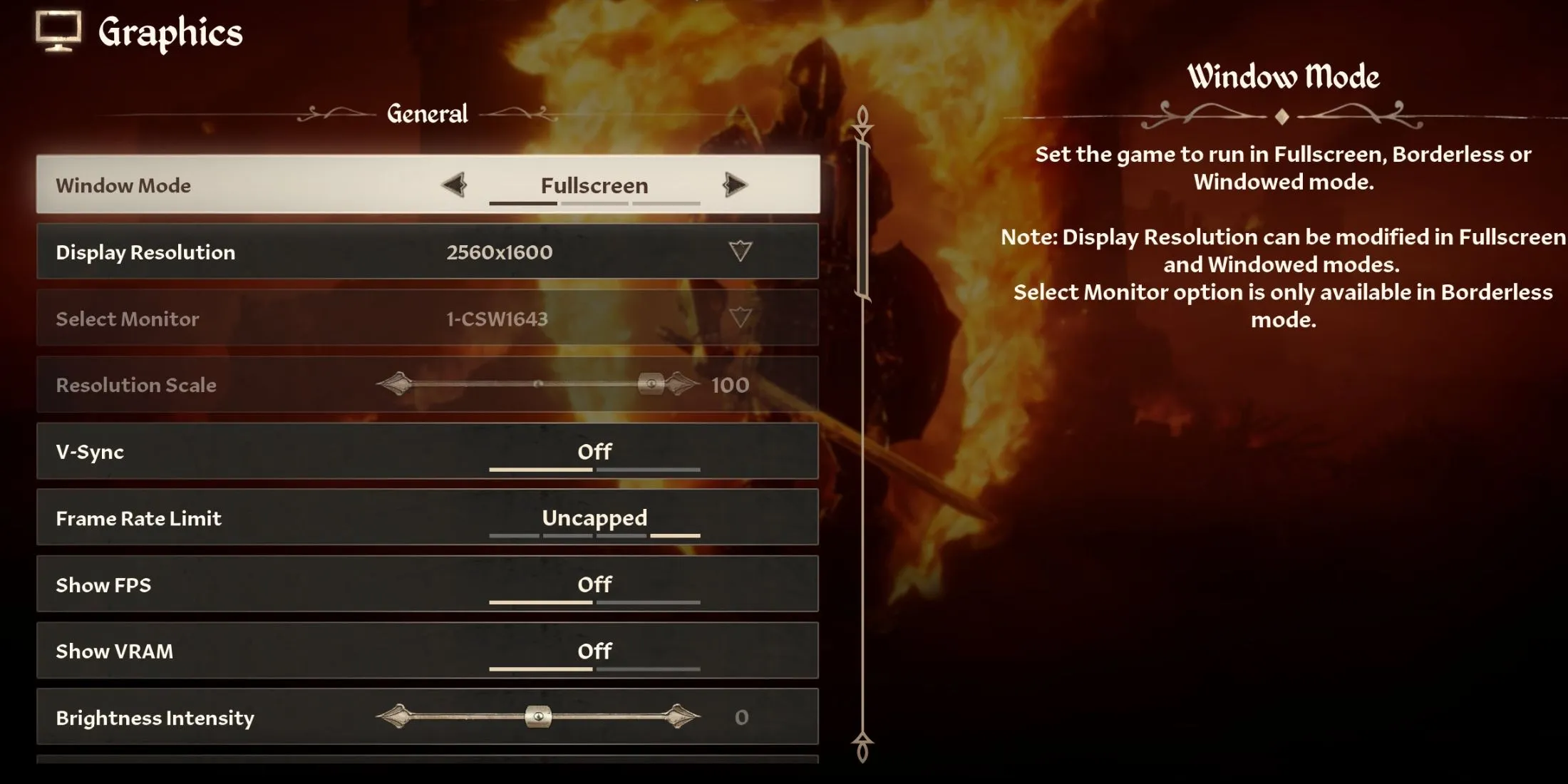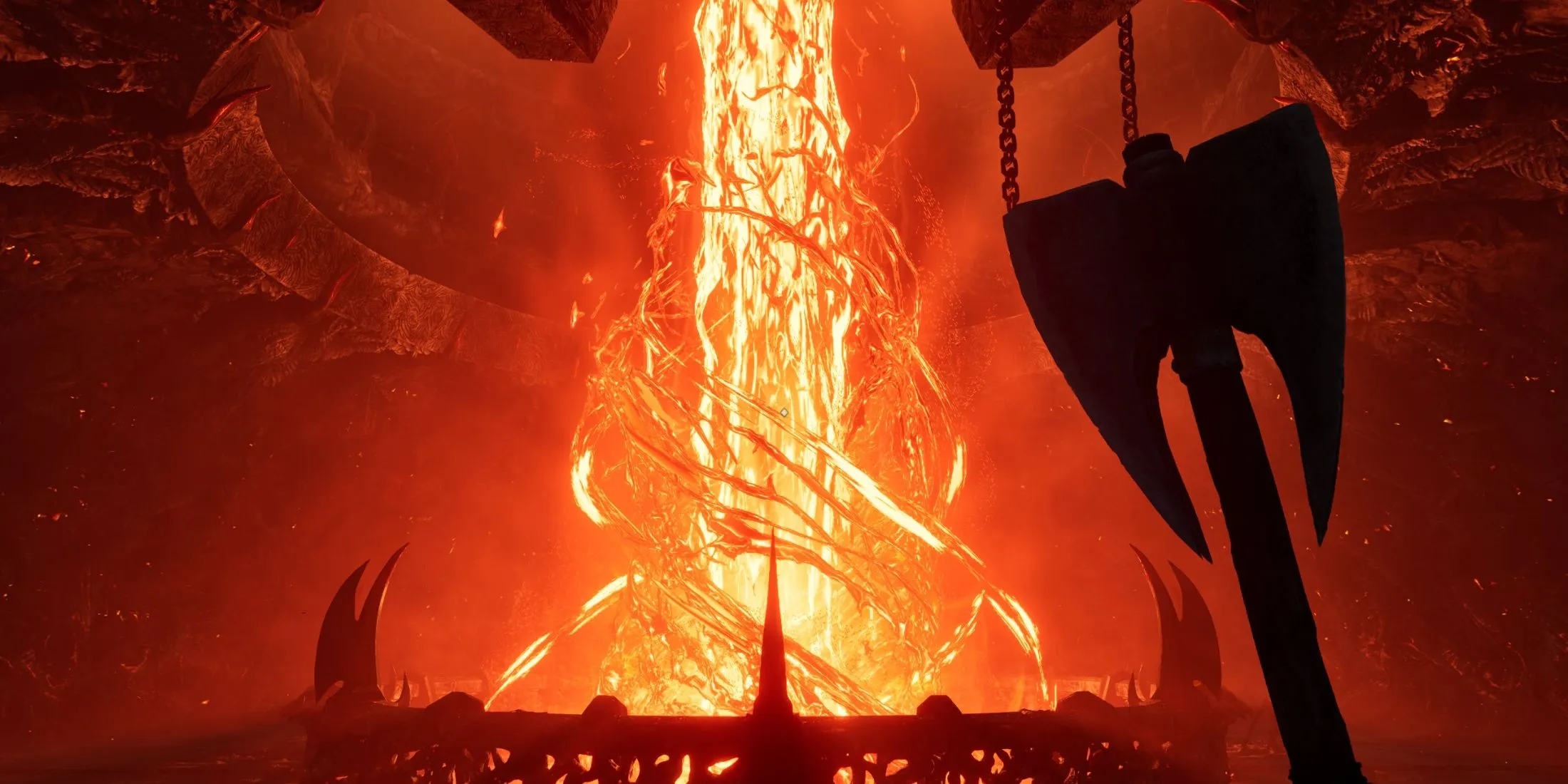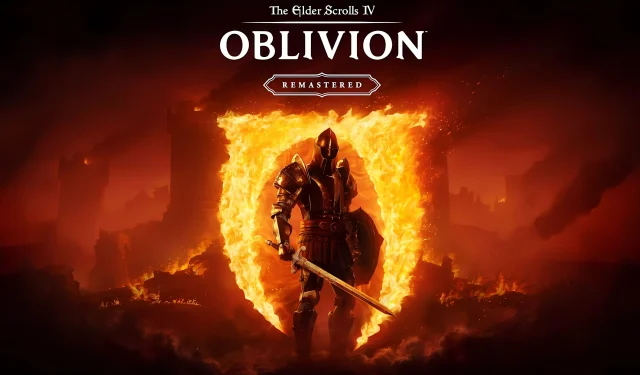The Elder Scrolls IV: Oblivion Remastered marks a significant leap in graphical quality thanks to the power of Unreal Engine 5, rejuvenating its expansive world and dynamic characters. For PC gamers, the title offers a plethora of graphical options that allow for a balanced adjustment between aesthetics and performance. While the game is reasonably optimized, this guide highlights the optimal settings that can enhance performance significantly without sacrificing visual quality.
Optimal Graphics Settings for Oblivion Remastered on PC

The graphical options in Oblivion Remastered are categorized into three distinct sections. Below, we delve into each category to identify the recommended settings for an enhanced gaming experience.
|
Category |
Setting |
Optimal Preset |
Remarks |
|---|---|---|---|
|
General |
Window Mode |
Borderless |
Though fullscreen is often best for performance, Borderless allows seamless task-switching. |
|
Display Resolution |
Native |
Lower resolutions cause textures to appear blurry. |
|
|
Resolution Scale |
100% |
No need for manual adjustments due to Nvidia DLSS or AMD FSR upscaling. |
|
|
V-Sync |
Off |
While it can help with screen tearing, V-Sync may also introduce input lag. |
|
|
Frame Rate Limit |
Uncapped |
– |
|
|
FOV First/Third Person |
Player’s Preference |
Set FOV according to comfort, but higher settings may affect performance. |
|
|
Motion Blur |
Off |
– |
|
|
Screen Space Reflections (SSR) |
On |
Minimal performance impact, significantly enhances reflections in water. |
|
|
Quality |
Quality Level |
Custom |
This allows for nuanced adjustments rather than relying on preset configurations. |
|
View Distance Quality |
High |
Lower settings may increase object pop-ins, hindering immersion. |
|
|
Effects Quality |
Ultra |
For heavy particle effects, those focused on spellcasting should opt for High to optimize FPS. |
|
|
Foliage Quality |
Medium |
– |
|
|
Shadow Quality |
Medium |
This is a resource-intensive setting; Medium balances good visuals with stable performance. |
|
|
Global Illumination Quality |
High |
Notably, it does not significantly affect FPS. |
|
|
Texture Quality |
Depends on GPU VRAM |
Adjust based on your GPU: 6GB = Low-Medium, 8GB = Medium-High, 12GB+ = Ultra. |
|
|
Reflection Quality |
Medium |
– |
|
|
Hair Quality |
High |
– |
|
|
Cloth Quality |
High |
– |
|
|
Lumen Hardware RT |
Off |
For GPUs like RTX 3070/4070 and above, enabling this will enhance game aesthetics; otherwise, it may hinder performance. |
|
|
Lumen Hardware RT Lighting Mode |
High |
For optimal visuals, high or ultra settings are advised if Lumen is activated. |
|
|
Lumen Software RT Quality |
Low |
Default for players without Lumen Hardware RT; this setting maintains lower resource consumption. |
|
|
Advanced |
Upscaling Technique |
AMD FSR or Nvidia DLSS |
Nvidia RTX users should prefer DLSS; others may opt for FSR for solid performance. |
|
DLSS/FSR Mode |
Balanced |
This setting strikes a commendable balance between quality and performance. Higher quality settings can be chosen if performance isn’t an issue. |
|
|
Sharpening |
Personal Preference |
– |
|
|
Frame Generation (FSR/DLSS) |
On |
Enabling this feature can greatly enhance FPS but might introduce microstutters for some; disable if issues occur. |
|
|
Nvidia Reflex |
On |
This feature reduces input latency for those using Frame Generation. There’s currently no alternative for AMD. |
Is Oblivion Remastered Optimized for Performance?

As Oblivion Remastered takes advantage of Unreal Engine 5, players may experience fluctuating performance despite the game generally running smoothly. Instances of sporadic stuttering, unexpected frame rate drops, and even crashes during menu navigation have been reported. Such issues, resembling the quirks of UE5, are anticipated to improve with future stability patches.
In terms of specific performance, the recommended settings above were tested on a robust PC featuring an i9-14900HX CPU, an Nvidia RTX 4080 GPU, and 32GB of RAM. The game typically averaged around 80-90 FPS in bustling areas, with the 1% lows reaching 65 FPS. Utilization of DLSS and Frame Generation plays a pivotal role in maintaining performance, as running the game without these features often results in subpar frame rates of around 60 FPS on maximum settings.


